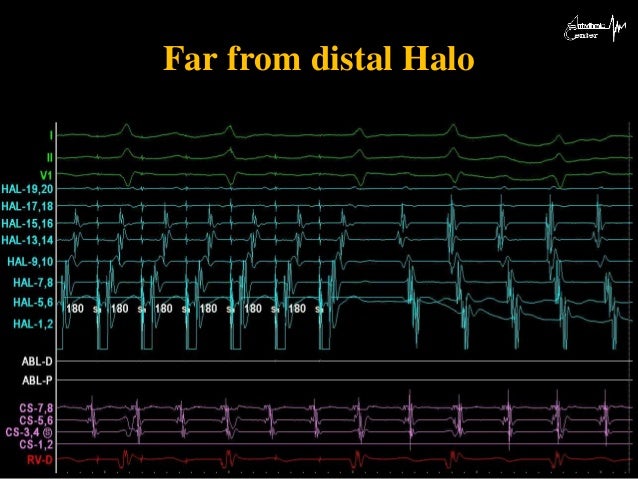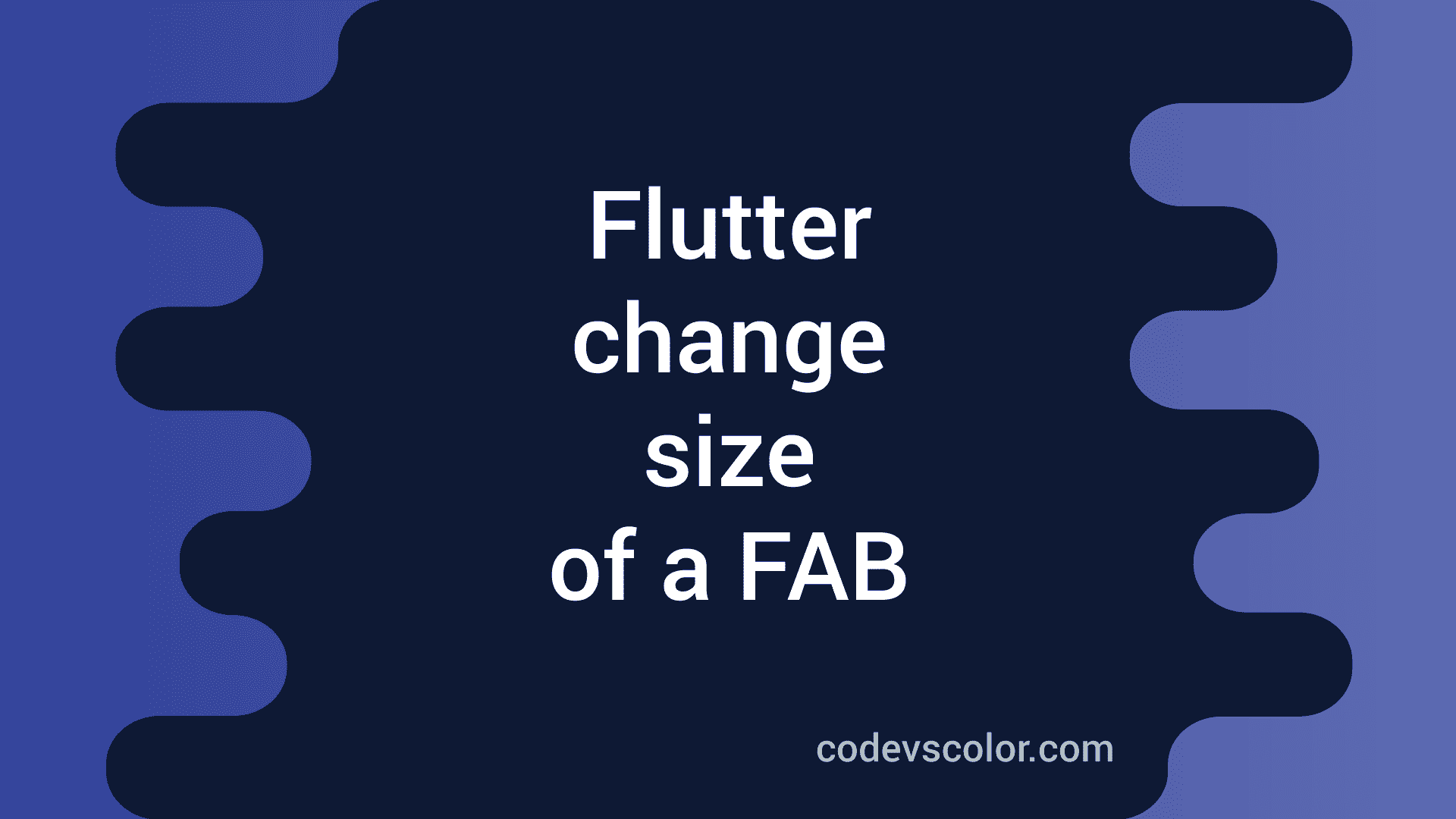
They both have varying pros and cons depending on the project requirement or organization structure.įrom my experience as a release manager at, the mobile team uses a continuous delivery workflow. Continuous Delivery vs Continuous Deployment This means that with continuous delivery, your team gets to decide when to “manually” release the build. They both extend the CI jobs and prepare your app for release, except when deploying it.Ĭontinuous deployment automatically deploys the changes of your app to production, while continuous delivery doesn’t. These jobs include but are not limited to running lint checks, tests, and building your app.Ĭontinuous delivery and continuous deployment are almost identical.
Subosito flutter action v1 code#
While the “CD” may either refer to Continuous Delivery or Continuous Deployment.ĬI/CD contains a set of jobs for automating your development and deployment workflow.ĬI jobs are used for running the pre-checks whether a new code can be merged into a repository. “CI” in CI/CD stands for Continuous Integration, it always has been. Reproducible builds - you can easily track and fix issues found on a specific build.Timeliness - automated workflow makes it easy for your team to plan release schedules ahead of time or ship bug fixes quickly to production.


You forgot to run the tests, code sign the project, or clean the project before creating a build.

Have you ever experienced waiting long hours to deploy a build of your app, only to know in the end, it failed because of that one little mistake that you did?


 0 kommentar(er)
0 kommentar(er)
